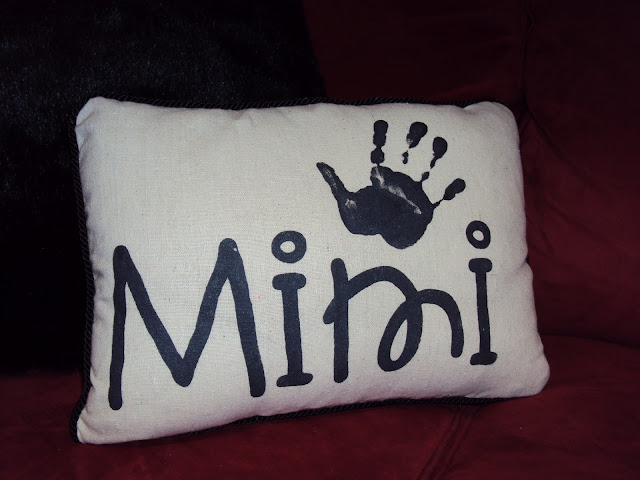I made a quick trip to Goodwill and purchased a few ties in which to test this silly Easter project. They cost me $0.99 a piece and the selection was pretty good. The cashier and lady in line behind me bonded in fits of laughter as I explained what I was not going to be wearing these ties, rather using them to color Easter eggs. It was a good time...LOL
After a little experimentation I was shocked to have had successfully dyed Easter eggs with silk neck ties. I'm so glad that I decided to try this one out and highly recommend it to anyone who's looking for a fun, new way to color Easter eggs this year.
Supplies
Uncooked eggs
Glass or enamel cook pan (see note below)
- Note: The original instructions I found for this project stated that only a glass or enamel pan would work for this dying process to occur. I assumed it had something to do with the materials of the pan and the chemical exchange between the fabric and vinegar. I'm always curious about the limitations so I did a second batch using my plain old saucepan. The results were the same.
Plain white fabric (I used and old t-shirt)
String or twist ties (I had the best luck with jute string)
Scissors
Vinegar
Water
Instructions
- Prepare your tie for dying by cutting it open and apart. Simply start on the backside of the tie and do some cutting and deconstructing. It isn't terribly difficult to do. Remove all lining and tags from the main fabric.
- Once you've prepared your fabric, cut a piece large enough to completely cover your egg, gathering it at the top or the bottom.
- Wrap an uncooked egg with the printed side of the silk fabric facing the egg. I found that jute string was the easiest type of string to use. It often held itself in the tied position with just one pass through and didn't need to be knotted.
- Cut a similar sized piece (enough to wrap the egg) from your white fabric.
- Wrap the silk covered egg with your plain white fabric and secure it with another piece of jute string.
- The purpose of the white fabric is to cinch your silk as close as possible to the egg, reducing the amount of possible untouched spots on the egg. Any of those spots that do not have silk touching them will result in no print. You can use almost any kind of white fabric BUT I suggest using an old white t-shirt. This fabric was perfect for cinching because of it's ability to be tugged and stretched tightly. I was even able to tug and manipulate the fabric further after having tied the jute string. I highly recommend the t-shirt!
- Place wrapped eggs into a pan and fill pan with enough water to completely cover eggs.
- Add four tablespoons of vinegar to the water.
- Bring water to a boil and then reduce heat. Allow water to simmer for 20 minutes.
- Please note you may need to cook the eggs longer if you plan on eating them. I do not eat eggs (yuck) and am uncertain as to how much time is required if they will be eatten.
- Remove your eggs from water and allow to cool.
- Gently untie and remove both fabrics from your eggs.
I had read that you can rub your eggs with vegetable oil to make them shiny. I was originally planning to do that but then decided to give it a try and really liked how much better it made the eggs look. Of course I'm an impatient guy so rather than drag out the bottle of oil and mess with it I grabbed my can of pan spray, gave each egg a shot of spray and then gently rubbed it around the entire egg with a piece of paper towel. LOL





















































